Mold growth in air ducts is a serious issue that can affect indoor air quality and contribute to respiratory problems. Mold spores thrive in damp, dark environments, and when they accumulate in ductwork, they can spread throughout a home every time the HVAC system runs. Removing mold from air ducts properly helps prevent further contamination and improves overall air quality.
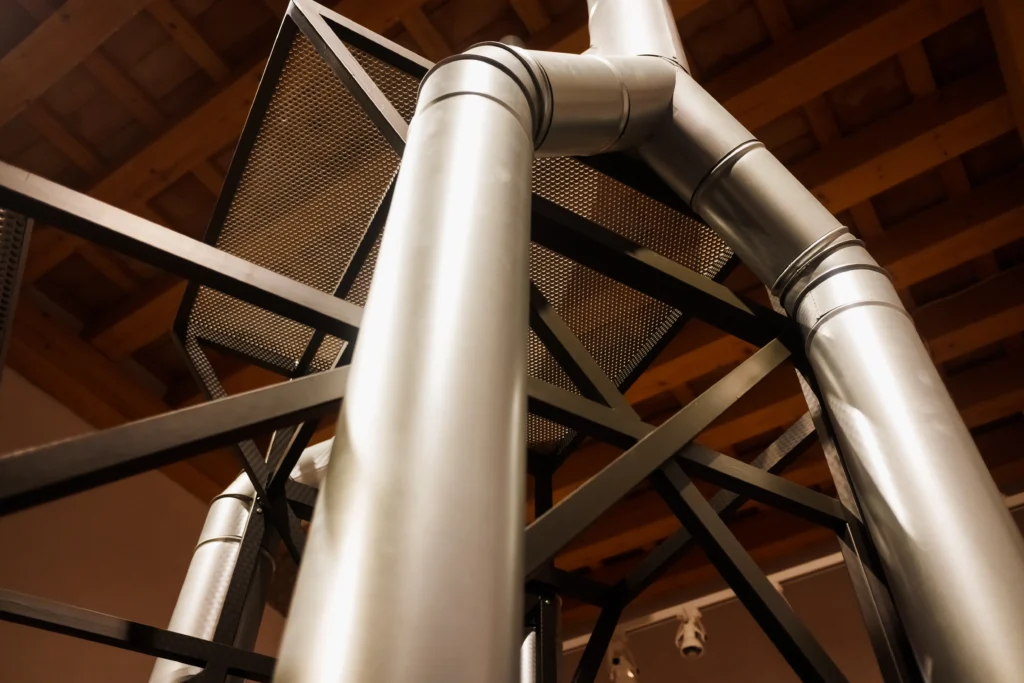
Why Mold Grows in Air Ducts
Mold requires moisture, warmth, and organic material to grow. Air ducts provide an ideal environment for mold growth when:
- There is excessive humidity in the home.
- The HVAC system has poor ventilation or condensation buildup.
- Leaky ducts allow moisture to accumulate inside the system.
- The air filter is clogged, reducing airflow and trapping contaminants.
If left untreated, mold in ductwork can contribute to allergic reactions, asthma flare-ups, and musty odors circulating throughout the home.
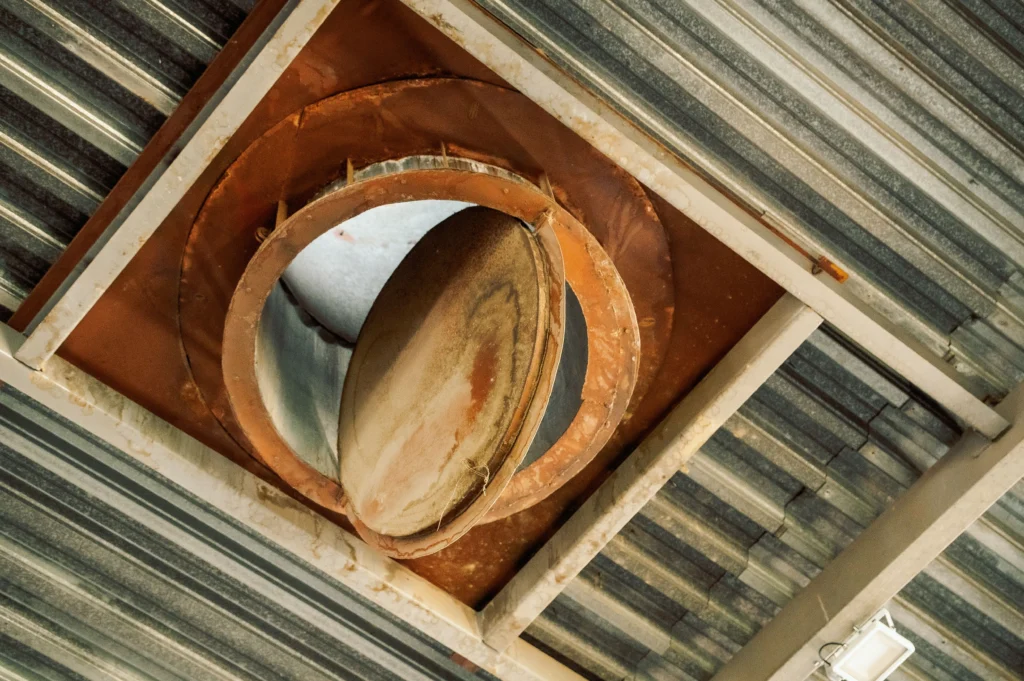
Signs of Mold in Air Ducts
Identifying mold in air ducts early can prevent widespread contamination. Common signs include:
- A musty or moldy smell coming from air vents.
- Visible black or green mold around vent openings.
- Increased allergy or respiratory symptoms when the HVAC system runs.
- Excess condensation or moisture around ducts and vents.
If mold growth is suspected, inspecting air ducts and HVAC components for visible signs of contamination is crucial.
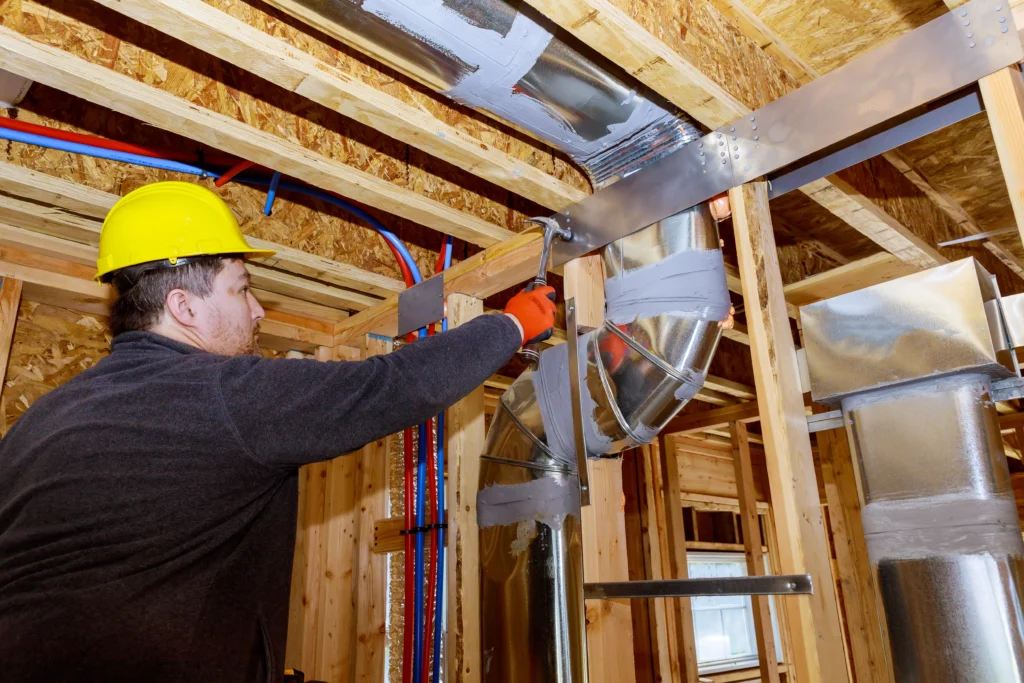
Steps to Remove Mold From Air Ducts
Step 1: Turn Off the HVAC System
Before beginning the mold removal process, turning off the HVAC system prevents spores from circulating further. This helps contain the mold and reduces exposure to airborne contaminants during cleaning.
Step 2: Inspect and Identify Mold Growth
Using a flashlight, checking inside vents, air ducts, and HVAC components can help identify affected areas. If mold is widespread or has penetrated deep into the ductwork, professional cleaning may be necessary.
Step 3: Clean Air Vents and Accessible Duct Surfaces
Removing vent covers and cleaning them with warm, soapy water helps eliminate surface mold. Scrubbing vent openings with a mixture of water and white vinegar or hydrogen peroxide can kill mold spores effectively. For deeper mold removal, using an EPA-approved mold remover designed for HVAC systems ensures a thorough clean.
Step 4: Apply a Mold-Inhibiting Solution
After removing visible mold, applying a mold inhibitor prevents future growth. Spraying a solution of white vinegar or a commercial mold-resistant spray inside the ductwork helps kill remaining spores. Running the HVAC fan without turning on heating or cooling allows the ducts to dry completely.
Step 5: Replace Air Filters and Inspect the HVAC System
Dirty air filters can harbor mold spores and should be replaced immediately after cleaning air ducts. Using high-efficiency particulate air (HEPA) filters helps trap allergens and prevent mold regrowth. Inspecting the HVAC system for leaks, condensation buildup, or insulation damage ensures that moisture issues are addressed.
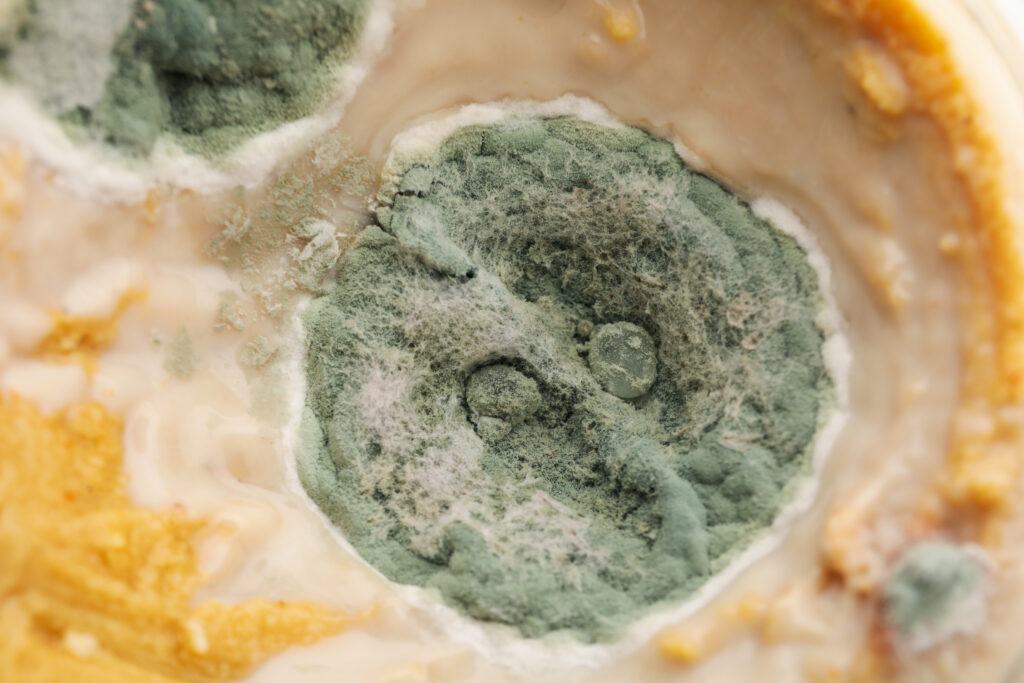
When to Call a Professional for Mold Removal
If mold growth is extensive, difficult to reach, or keeps returning after cleaning, professional air duct cleaning provides a more effective solution. Experts use specialized equipment to remove mold and prevent further contamination, ensuring a healthier indoor environment.
Preventing Mold in Air Ducts
To minimize the risk of mold growth in air ducts:
- Keep indoor humidity levels below 50% using a dehumidifier.
- Ensure proper ventilation in bathrooms, kitchens, and basements.
- Schedule regular HVAC maintenance and clean or replace filters every 2–3 months.
- Seal air duct leaks to prevent moisture buildup inside the system.
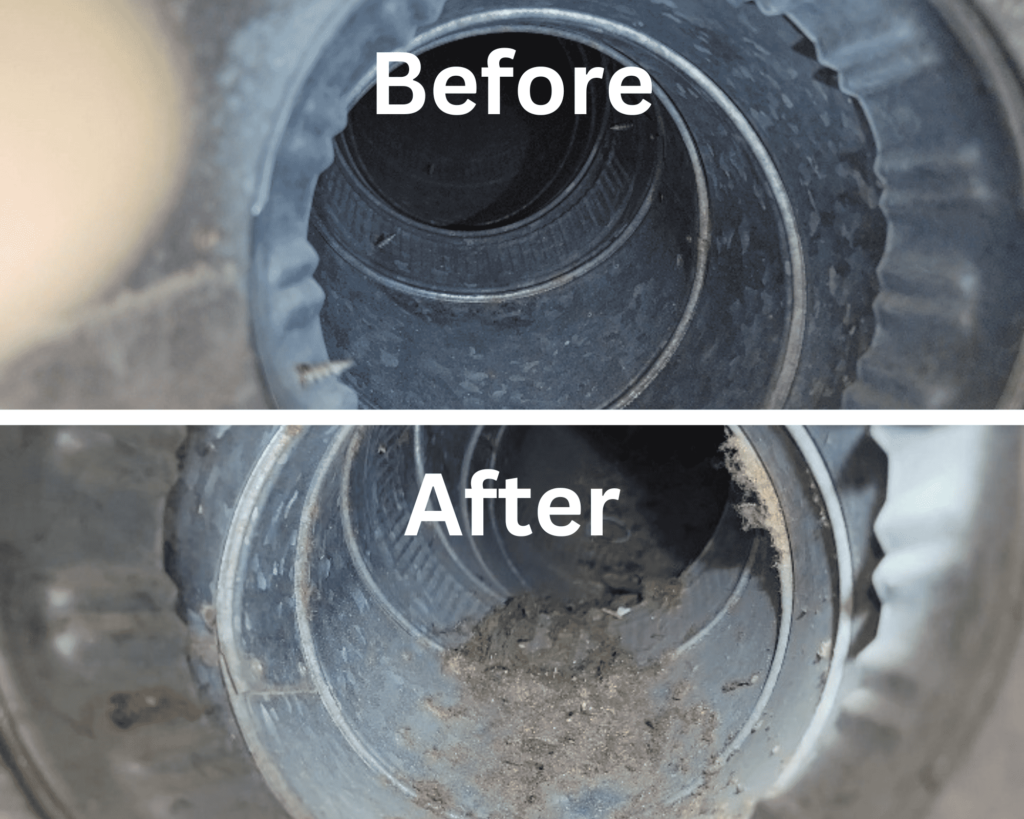
Useful Resources
- Learn more about mold prevention in HVAC systems from the EPA.
- Find approved mold removal products recommended by the CDC.
Conclusion
Mold in air ducts can lead to poor air quality and health concerns, making prompt removal essential. Cleaning vent covers, using mold inhibitors, and replacing air filters help eliminate mold spores and prevent regrowth. For severe cases, professional air duct cleaning ensures thorough mold removal and improves HVAC efficiency, promoting a cleaner and healthier home environment.


